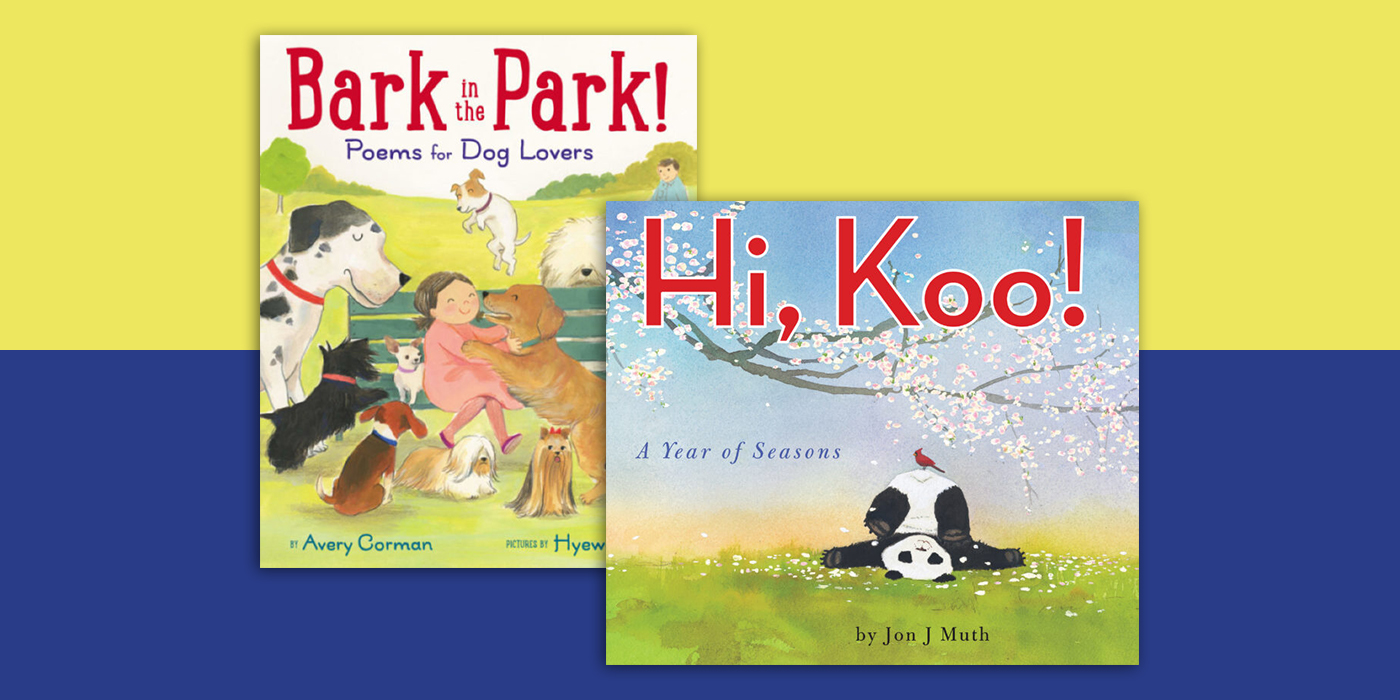When Amanda Gorman, a winner of the Scholastic Art & Writing Awards from 2015 to 2016, recited her poetry at the 2021 inauguration ceremony, the world was captivated by her rich and emotive prose. Her impressive work, as well as the works of many other young poets, has sparked an interest in the art form for many young people.
“Teaching poetry goes beyond being a valuable English language arts experience,” says Christopher Wisniewski, executive director of the Alliance for Young Artists & Writers, which presents the Scholastic Art & Writing Awards. “It creates a space for emotional expression and human connection. There's a freedom to the writing—even to the point that students who have trouble writing can be encouraged to express themselves poetically.”
Here, discover five fresh tips for teaching poetry to your students.
1. Reset Expectations of What Poetry Is
“I love to teach poetry, because students often have misconceptions about what it is,” says Kelsey Zeilinger, a fourth-grade teacher in Virginia. “They often think that it is just rhyming words, so I love to introduce them to the many styles.”
To help demystify poetry for students, Wisniewski recommends showing students how integrated poetry is in everyday life.
“Students are surrounded by poetry every day—most prominently in the music they listen to and also in spoken word performances,” he says, referring to hip hop music, comedy routines, and monologues. “It's truly magical when young people realize that poetry is already a part of their culture.”
One class activity Wisniewski suggests: Have students create poems from larger texts. By erasing words or highlighting those that are meaningful to them, a class of 30 students can create 30 unique poems working from the same source material.
2. Explore the Wide Breadth of Poetry Styles
Jenna Papotto, a second-grade teacher from Massachusetts, likes to explore a new poem every day with her young learners.
“I start out by introducing basic poetry and identify different grammar elements, such as nouns, verbs, and adjectives, after reading our daily poem,” she says. “It is a great introduction to writing and helps with grammar.”
Meanwhile, to help students understand the great breadth of poetry styles, Zeilinger sets up “pattern hunts” for her class to find rhyming schemes.
“Once students have background on multiple types of poems, I give them a ‘translator’ that has examples of many types of poems: couplets, free verse, bio poem, acrostics, and so forth,” she says. “They then ‘travel’ around the classroom identifying like poems in order to earn their poetry ‘passport.’ It is a class favorite!”
3. Bring Poetry to Life in Interactive Ways
Adding an element of performance can help students get excited about poetry. When Wisniewski is training the National Student Poets with the Alliance for Young Artists & Writers, students are asked to break down a poem to act out physically.
“The act of translating a poet's words into physical actions often serves as a fresh way to analyze the language and to think about its meaning and impact,” he says.
Zeilinger has her students publish their own book of poems and sets up a class “coffee house.”
“We have doughnuts and hot chocolate while each student goes ‘on stage’ and reads their favorite poem to the class.”
4. Delve Into the Rich Diversity of Voices
“Poetry is a great way to open students’ eyes and minds to various cultures and viewpoints from people around the world,” says Papatto.
There are many bold and diverse voices that reflect the vibrancy of contemporary poetry. Two titles with diverse perspectives that Zeilinger recommends are Looking Like Me, a splashy, rhythmic celebration of the wonders of life, and The Dreamer, a biographical and literary fiction story that weaves poems and thought-provoking questions together exquisitely.
5. Encourage Students to Find Their Own Voice
Helping students find their own poetic voice is not only beneficial for their literacy skills, but for their social-emotional skills, too. Papotto believes poetry has endless possibilities for students of all ages.
“Poetry is a way for people to express their feelings and emotions. Students who may not be able to speak their feelings may feel more comfortable putting it on paper in a poem,” she says.
Sharon Creech’s Love That Dog and Hate That Cat are two great reads that offer inspiration for students finding their voice.
Shop more inspiring poetry books below! You can find all books and activities at The Teacher Store.
